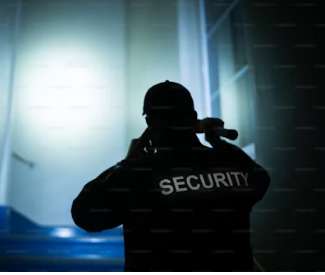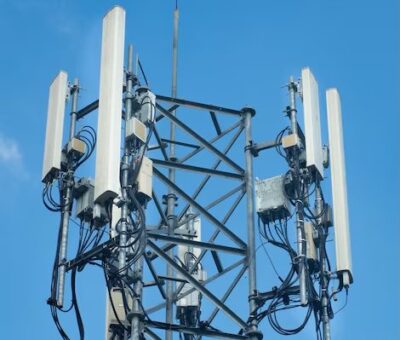Deciding on a security system for your home or business can be very confusing. There are so many options available. This guide will help you through the process, so you choose the best security system for your needs.
The 4 Layers of a security system
An alarm package will always include the following key components: control panel, internal keypad, screamer and detection devices. But beyond that, there are some choices to make:
-
Interior detection:
Interior protection is the base level of security that we recommend for all customers. This is delivered using passive infrared sensors (PIR’s). Most homes will be sufficiently protected using 3-4 sensors. If installed correctly a PIR will detect an intruder in the first couple of steps.
There a number of different types of PIR Sensors available on the market which have different operating distances and features. They can also be Pet Friendly (i.e. will not be activated by pets).
Interior protection can still be zoned to provide “Stay at Home” modes to activate sensors located away from bedrooms.
-
Perimeter detection:
For basic perimeter protection, we use window and door sensors, also known as reed switches. These are a two-part sensor, and will trigger when a door or window is opened. Door and window sensors are particularly useful when it is difficult to cover the whole house with PIRs.
Secondary perimeter protection can also be provided using glass break/shock sensors. These sensors are useful in scenarios when an intruder can break and enter without opening windows and doors.
Given the number of burglaries committed whilst owners are sleeping in the home, we strongly recommend a “Stay at home” option for your alarm system. Perimeter sensors are ideal for this, although key interior zones can be armed to limit movement around the house.
-
Video Surveillance:
Your interior and perimeter security layers will detect a security event, but adding security cameras (CCTV) has obvious benefits. You can either capture evidence through recorded video, or even remotely view your property to check if a break in has actually occurred. CCTV can be installed inside and out, both as a deterrent to potential intruders and to keep an eye on the whole house.
-
Monitoring
Monitoring a security system is crucial for deterrence, responding to problems, and peace of mind. It comes in two flavours: Self Monitoring, and Professional monitoring. With the latest systems, it is possible to have both.
Self Monitoring
Self Monitoring means you can check on the status of sensors, look at live video from IP cameras, and find out straight away if something has triggered the alarm. Smart Security systems also allow you to arm and disarm the system remotely from your smartphone.
Professional Monitoring
Professional Monitoring has the added advantage that security professionals will be immediately alerted if the alarm is triggered. Its your choice what happens next. They will make contact with the numbers listed, and if you want, send someone to check on your home. Just as importantly, the professional monitoring Service will ensure that each component of your security system is functioning normally.
At Jim’s Security, a professional will tailor a multilayered solution to keep your home or business secure.


